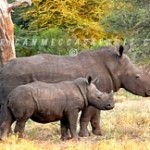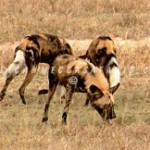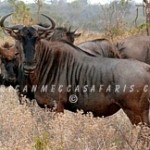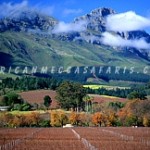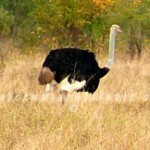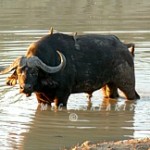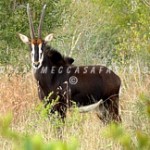Understand Safari Tier Ratings & Experiences In South Africa | Why Visit South Africa For Your Safari Vacation Or Holidays In Africa
SOUTH AFRICA HISTORY & CULTURE
The earliest representatives of South Africa’s diversity – at least the earliest history can name – were the San and Khoekhoe peoples (otherwise known individually as the Bushmen and Hottentots or Khoikhoi; collectively called the Khoisan). Both were resident in the southern tip of the continent for thousands of years before its written history began with the arrival of European seafarers. And before that, modern human beings had lived here for more than 100 000 years – indeed, the country is an archaeological treasure chest. The hunter-gatherer San ranged widely over the area; the pastoral Khoekhoe lived in those comparatively well-watered areas, chiefly along the southern and western coastal strips, where adequate grazing was to be found. So it was with the latter that the early European settlers first came into contact – much to the disadvantage of the Khoekhoe. As a result of diseases such as smallpox imported by the Europeans, of some assimilation with the settlers and especially with the slaves who were to arrive in later years, and of some straightforward extermination, the Khoekhoe have effectively disappeared as an identifiable group.
Other long-term inhabitants of the area that was to become South Africa were the Bantu-speaking people who had moved into the north-eastern and eastern regions from the north, starting at least many hundreds of years before the arrival of the Europeans.The Thulamela site in the northern Kruger National Park is estimated to have been first occupied in the 13th century. The ruins of Mapungubwe, where artifacts from as far away as China have been found, are the remains of a large trading settlement thought to stretch back to the 12th century. Agro-pastoralists, these people brought with them an Iron Age culture and sophisticated socio-political systems. The Khoekhoe’s existence was of little importance to Jan van Riebeeck and the 90 men who landed with him in 1652 at the Cape of Good Hope, under instructions by the Dutch East India Company to build a fort and develop a vegetable garden for the benefit of ships on the Eastern trade route. Their relationship with the Khoekhoe was initially one of bartering, but a mutual animosity developed over issues such as cattle theft – and, no doubt, the growing suspicion on the part of the Khoekhoe that Van Riebeeck’s outpost was becoming a threat to them.
Perhaps the first sign that the threat was to be realised came in 1657 when nine men, released from their contracts, were given land to farm. In the same year the first slaves were imported. By the time Van Riebeeck left in 1662, 250 white people lived in what was beginning to look like a developing colony. Later governors of the Cape Colony encouraged immigration, and in the early 1700s independent farmers called trekboers began to push north and east. Inevitably, the Khoisan started literally losing ground, in addition to being pressed by difficult circumstances into service for the colonists. The descendants of some of the Khoisan, slaves from elsewhere in Africa and the East, and white colonists formed the basis of the mixed-race group now known as “coloured”. It is noteworthy that the slaves from the East brought a potent new ingredient to South Africa’s racial and cultural mix, especially with their religion of Islam.




